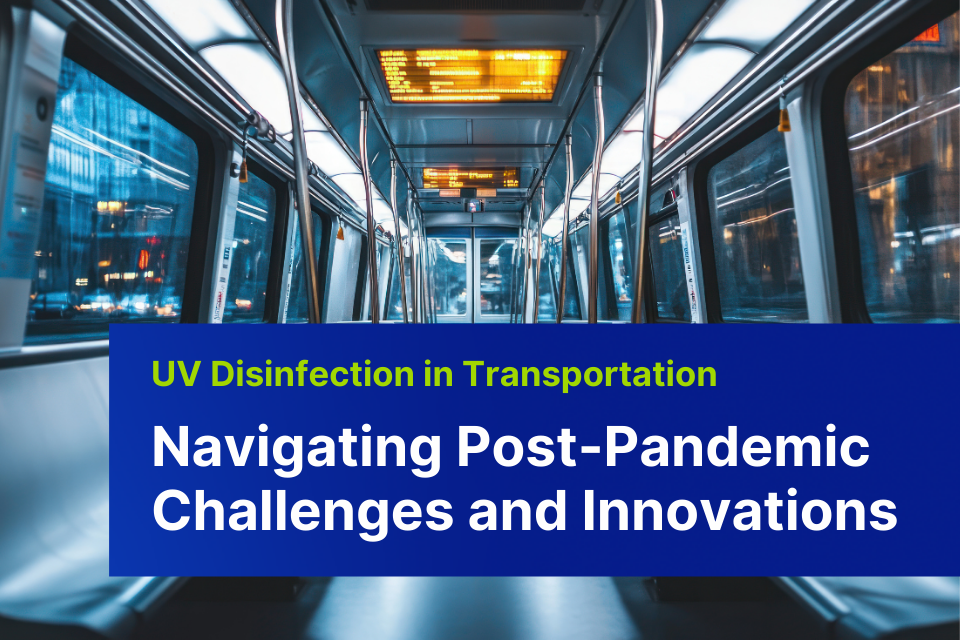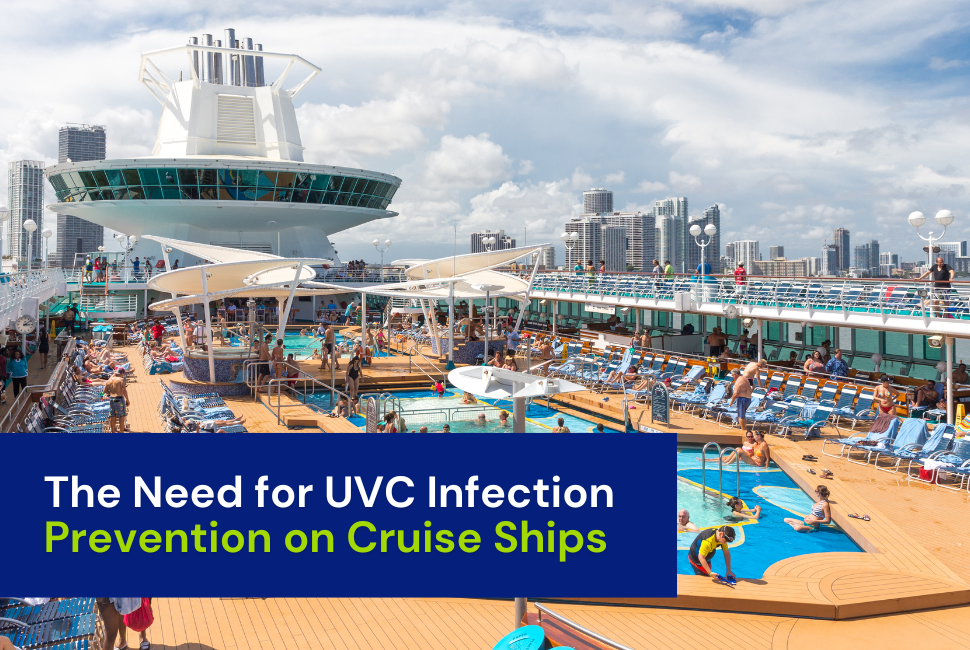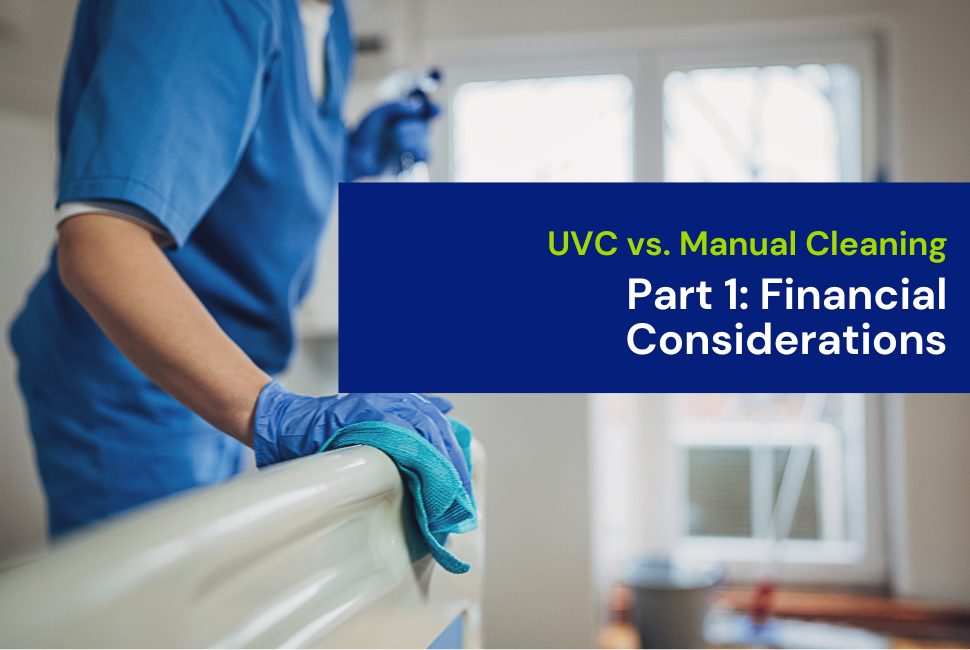The COVID-19 pandemic underscored the critical need for effective disinfection methods in public transportation to ensure passenger safety and restore confidence in mass transit systems. Ultraviolet (UV) disinfection emerged as a promising technology during this period, offering a chemical-free solution to inactivate pathogens on surfaces and in the air. As we move beyond the pandemic, it’s essential to evaluate the efficacy of UV disinfection in transportation applications and explore its future role in maintaining public health standards.
Evaluating UV Disinfection in Public Transit
During the height of the pandemic, numerous studies assessed the effectiveness of UV light in sanitizing public transit vehicles. One notable study conducted by the Rock Region Metropolitan Transit Authority (METRO) in Arkansas, in collaboration with Environmental Services Company (ESC) and the University of Arkansas for Medical Sciences (UAMS), aimed to demonstrate the efficacy of UV light systems in disinfecting transit buses. The study found that UV exposure might have successfully reduced bacterial loads on certain surfaces, suggesting that UV light could be as effective as, or more effective than, chemical fogging.
Similarly, other metropolitan transit authorities, including NJ Transit, explored the use of UV disinfection on their buses. Feedback indicated that while UV technology was piloted during the pandemic, its current use in buses and trains is not widespread. However, some maintenance facilities have integrated UV disinfection into their protocols, and new generations of subway and train cars are being reviewed for potential incorporation of UV systems into their HVAC systems.
Innovations in UV Disinfection Technology
The evolution of UV disinfection technology continues to open new possibilities for public transportation systems looking to elevate their hygiene and safety protocols. As the technology matures, innovations have made UV-C systems more compact, energy-efficient, and versatile, ideal for the unique challenges of transit environments.
From advanced UV-C lamps that offer faster and more consistent disinfection cycles to integrated systems designed to work seamlessly within vehicle interiors or HVAC systems, modern UV solutions are becoming increasingly tailored for buses, trains, and transit hubs. These innovations allow disinfection to occur with minimal disruption, whether during off-peak hours, between shifts, or even in real-time air circulation systems.
Importantly, today’s UV-C technologies emphasize both efficacy and safety. With motion-sensing capabilities, remote activation, and timed disinfection cycles, newer systems are built to ensure passengers and staff remain protected during and after disinfection procedures. This level of sophistication is transforming UV from a temporary solution into a permanent fixture in transportation hygiene strategies.
As mass transit continues to play a vital role in urban life, these innovations provide a scalable path forward, one that prioritizes cleanliness, public health, and long-term operational resilience.
Finsen Tech: Pioneering UV Disinfection Solutions
At Finsen Tech, we recognize the importance of innovative disinfection technologies in safeguarding public health within transportation systems. Our advanced UV-C disinfection solutions are designed to meet the unique challenges of the transportation sector, offering efficient, reliable, and safe methods to inactivate pathogens on surfaces and in the air. By integrating Finsen Tech’s UV-C systems, transportation operators can enhance their sanitation protocols, ensuring a safer environment for passengers and staff alike.
As the transportation industry continues to adapt to post-pandemic realities, embracing cutting-edge disinfection technologies like those offered by Finsen Tech will be pivotal in promoting public confidence and health safety in mass transit environments.



